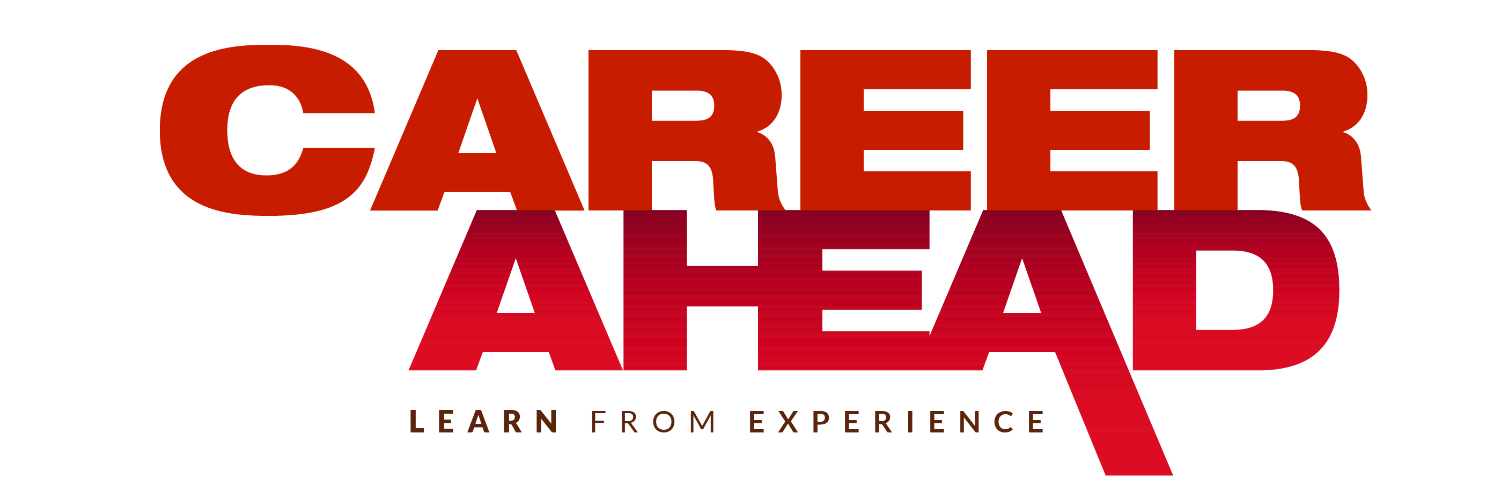No products in the cart.
Reimagining the Business Model of the Future
“For those entrepreneurs or business leaders who want their businesses to not only recover in the wake of Covid-19, but who also desire to be the industry shapers, they must be brave enough to rewrite their business roadmap”What is one of the most important business lessons learned in 2020? The answer is easy…crumple up that legacy business model and throw it in the trash.You may be asking, “Why would I want to throw away a model that worked for 10, 20, 30 years – or even for multiple familial generations?” Because what we knew to be normal in the past
This is a premium article.
Please subscribe or log in to read the full story!
Become a Premium Member
Not sure yet? Get
7-Day Free Trial Access
and explore premium articles along with the
latest digital magazine edition at no cost! No Credit Card needed.
Start Your Free Trial Now
“For those entrepreneurs or business leaders who want their businesses to not only recover in the wake of Covid-19, but who also desire to be the industry shapers, they must be brave enough to rewrite their business roadmap”What is one of the most important business lessons learned in 2020? The answer is easy…crumple up that legacy business model and throw it in the trash.You may be asking, “Why would I want to throw away a model that worked for 10, 20, 30 years – or even for multiple familial generations?” Because what we knew to be normal in the past […]
This is a premium article.
Please subscribe or log in to read the full story!
Not sure yet? Get 7-Day Free Trial Access and explore premium articles along with the latest digital magazine edition at no cost! No Credit Card needed.











